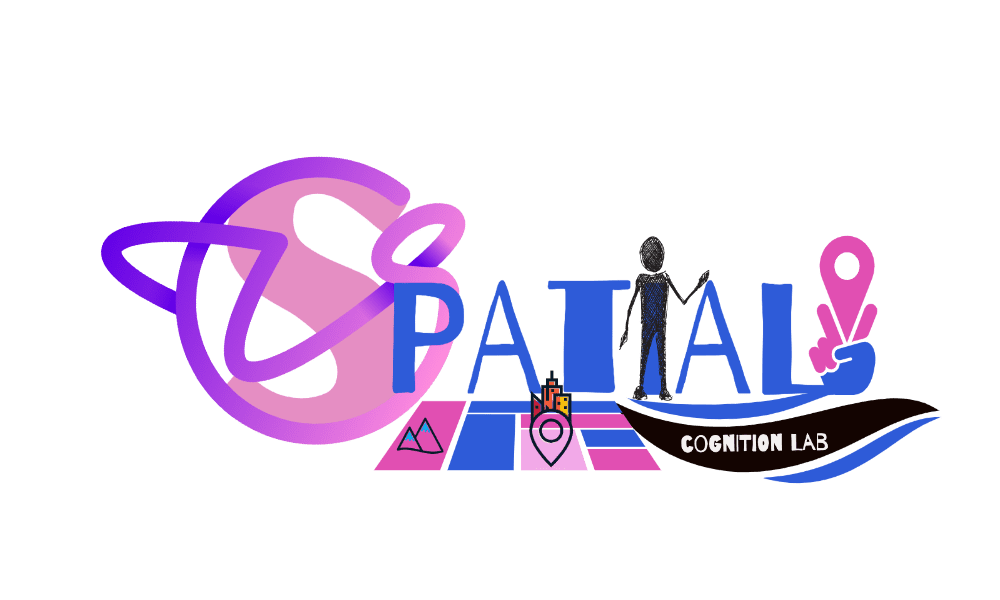The Shared Brain Map for Spatial Navigation and Visuo-Spatial Planning Revealed
Navigating a new city and solving a complex puzzle might seem like fundamentally different challenges, yet our brain tackles them using a surprisingly similar core toolkit. A landmark new study - Common Brain Areas in Spatial Navigation and Visuo-Spatial Planning: A Meta-Analysis- by Sofia Pepe, Alessandro von Gal, Greta Fabiani, and Laura Piccardi, published in the highly respected journal Neuroscience and Biobehavioral Reviews, illuminates this connection. Through a powerful meta-analysis, the researchers have precisely mapped the shared and distinct brain areas for spatial navigation and visuo-spatial planning, offering the clearest view yet of our brain's internal command center.
The Research: An ALE Meta-Analysis to Uncover Neural Substrates
To achieve this deep understanding, the authors employed a robust technique known as an Activation Likelihood Estimation (ALE) meta-analysis. This method statistically aggregates the results from dozens of individual functional magnetic resonance imaging (fMRI) studies. By doing so, it identifies consistent patterns of brain activation, providing a more reliable map of neural function than any single experiment could alone.
The Tasks Compared: Active Navigation vs. The Tower of London (ToL)
The study focused on two cornerstone cognitive tasks:
- Active, Goal-Directed Navigation: In these fMRI studies, participants actively navigated virtual environments to find a specific goal, simulating real-world orientation and route-planning.
- Visuo-Spatial Planning (The Tower of London): This is a classic neuropsychological test where a person must plan a sequence of moves to rearrange colored beads on pegs to match a target configuration in the minimum number of steps. It is a pure test of planning and foresight.
Key Findings: A Common, "Amodal" Network for Planning
The conjunction analysis, which looks for the common ground between tasks, revealed a core brain network that is "amodal"—it activates for planning regardless of whether the task is spatial or abstract. This shared network is the engine of planning and is primarily located in the frontal regions of the brain.
The Identified Shared Brain Regions
Both navigating a route and solving the Tower of London consistently activate a network that includes:
- Superior and Middle Frontal Gyrus (SFG, MFG): Critical for high-level executive functions like planning, working memory, and decision-making.
- Anterior Insula (INS): Involved in monitoring internal states and progress toward a goal, acting as a "relevance detector."
- Supplementary Motor Area (SMA): Essential for planning and sequencing complex actions and movements.
- Triangular part of the Inferior Frontal Gyrus (IFGtriang): Helps in resolving conflict between potential choices and selecting the appropriate strategy.
This finding strongly suggests that the brain possesses a central planning toolkit that it applies flexibly to different types of problems.
Specialized Roles: How the Brain Assigns Distinct Tasks
While the frontal network acts as a central processor, the contrast analysis—which highlights the differences—showed that the brain smartly delegates specialized functions to other regions depending on the specific demands of the task.
The Brain's "GPS": The Hippocampus and Parahippocampal Gyrus for Navigation
Unsurprisingly, active spatial navigation produced significantly greater activation in the medial temporal lobe, specifically the hippocampus (HIP) and the parahippocampal gyrus (PHG). These areas are widely known as the brain's core system for spatial memory and the creation of cognitive maps. Their dominant role here confirms they function as the brain's biological "GPS," essential for representing the environment and charting a course through it.
The "Executive Director": The Prefrontal and Parietal Cortex for Planning
In contrast, pure visuo-spatial planning tasks like the Tower of London more heavily engaged posterior parietal regions and the dorsolateral prefrontal cortex (DLPFC). These areas act as the brain's "Executive Director" for executive functions. They are responsible for holding information online (working memory), mentally manipulating potential sequences, and looking ahead to future steps in a more abstract, rule-based context.
Implications and Future Directions: Understanding Brain Disorders
The clarity provided by this study has profound implications. By mapping the shared and distinct neural substrates, we can better understand the underlying deficits in neurodevelopmental disorders (like ADHD or autism) and acquired brain injuries (like stroke or TBI) that often involve severe difficulties with planning, organization, and navigation.
As Pepe et al. conclude, this work clarifies the neural mechanisms of these fundamental cognitive functions. The identification of a shared amodal network provides a new framework for clinical assessment and targeted rehabilitation strategies aimed at improving planning abilities across different domains. This research is a critical step forward in our quest to understand the intricate workings of the human brain.






